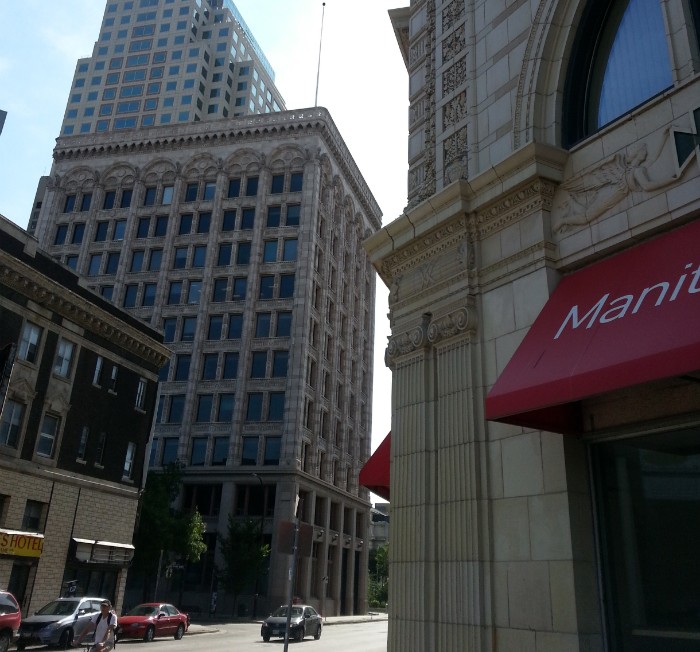By Kate Sjoberg
In my mid 20s, I bought a house on Home St in the west end. The move was important to me- I had just gotten a job at Spence Neighbourhood Association, and I wanted to live in the community I was working in. I grew up in River Heights, and many of my white friends and family, and friends of family were concerned about my move. They thought my neighbourhood was unsafe, and were worried about me.
[related_content slugs=”winnipegs-most-perpetuated-myth-downtown-is-dangerous” position=”right”]
Brett’s assertion that Winnipeg’s downtown is safe is only partly true, and raises issues that need more attention. Winnipeg’s downtown is safe depending on a number of social markers. It is most safe for white able bodied, heterosexual men between the ages of 20 and 60 who have a job and a place to live, whether they live there, commute in to work, or attend a hockey game; and Brett and I would probably agree that this probably true whether these men are intoxicated or not.
But the downtown is can be very unsafe for aboriginal women and girls. Women and girls who are aboriginal experience high rates of violence and abuse. In the inner city, this often happens at the hands of white men who drive in from other parts of town to sexually exploit women and also children. It also happens within families and through involvement with gangs. It also happens at the hands of police. In some cases, like Tanya Nepinak and Carolyn Marie Sinclair, the violence ended in death.
It can be unsafe for recent immigrants who experience racial profiling with the police and abuse of power. It can be unsafe for people who are homeless, and continue to be pushed out of the downtown area. I know that the downtown biz has worked on improving their activities in the downtown, but I remember stories of downtown biz workers abusing their power when pushing people off the street.
It’s great that Brett had an experience of learning about his own racism, and kudos to him for sharing that lesson. I agree that people throughout the city believe lies about groups of people, and feeling entitled, don’t want to interact with people who are aboriginal, or poor, or homeless. This makes some people not want to go downtown, and some people who live downtown wish that the downtown were different. When I think about these people’s lives, I wonder about how boring it must be to only interact with people who are like you all the time. I wonder about a life lived never being encouraged to think about your own privilege, and the things that you have had access to that other people have not.
Like Brett, I rarely felt unsafe walking around my neighbourhood or the other parts of downtown I frequented. No kidding. I’m a white, educated, able bodied woman. I usually wear clothing that is in fairly good shape and have usually cut my hair within the last 3-6 months. I’ve got a River Heights-via-rural (not reserve) Manitoba accent to boot. Even if anything ever happened, I knew that I could rely on the police to take me seriously. Not necessarily so for my aboriginal and black neighbours.
I agree. Winnipeg needs to get real about our different neighbourhoods and whether our perceptions are, in fact, true. But saying that Winnipeg’s downtown is safe simply because I haven’t experienced violence, or so that my family isn’t worried about visiting in my ‘edgy’ neighbourhood doesn’t cut it if we are going to be real about the problems of race and class in the city. And even though Brett questions whether being drunk=being dangerous, the message that the downtown is safe, as long as it is safe for people from the suburbs, plays too much into the very Winnipeg boosterism that still labels some people as unwanted, and then works to remove them by closing downtown hotels and liquor stores.
___
Kate Sjoberg is working as a small town reporter, brushing up against her roots.
